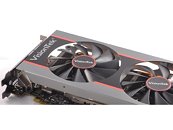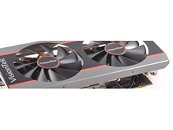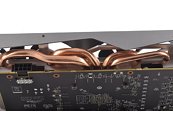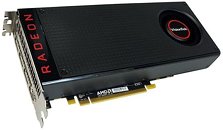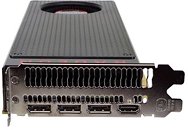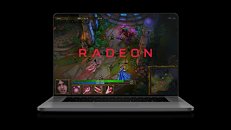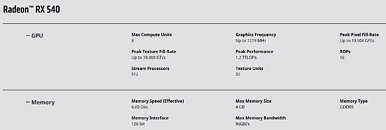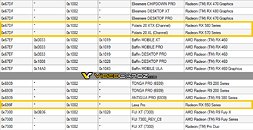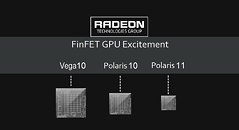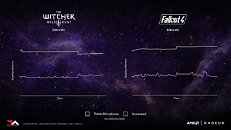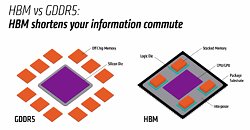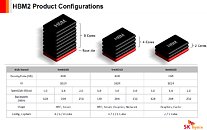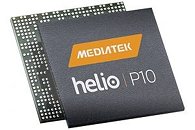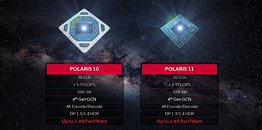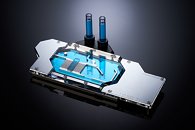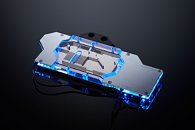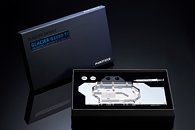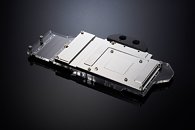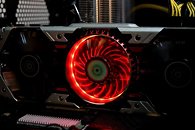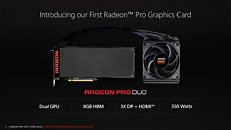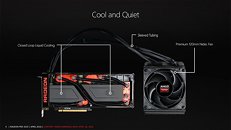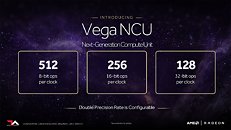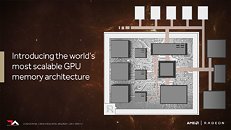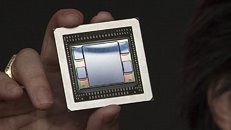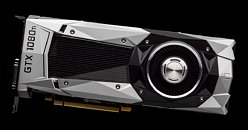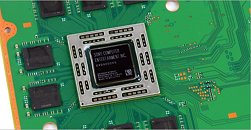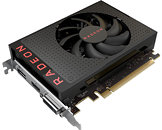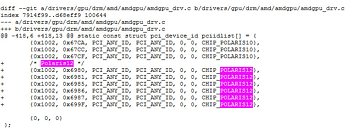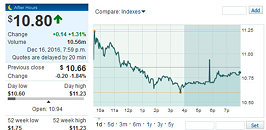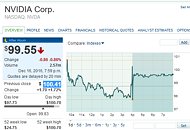VisionTek Announces Its RX 500 Series Graphics Cards
VisionTek, a company whose last graphics card announcement we've posted here was on June 2015 with its Fury X and R9 300 line of graphics cards, has announced its vision for the RX 500 series graphics cards. This one seems a throwback to the RX 400 series, though, with Visiontek's "Overclocked Edition" GPUs carrying clockspeeds more in line with the prevous AMD series: 1,366 MHz for the RX 580, and 1264 MHz for the RX 570, respectively.
The VisionTek Radeon RX 580 8 GB comes with a slightly unoriginal take on the AIB partner design, sporting custom dual-fan cooler with a black-nickel aluminum shroud with 2x 8 mm and 2x 6 mm heatpipes for increased cooling capacity. The Radeon 570 4GB makes use of what is basically AMD's RX 480 reference design cooler, with a blower-style fan that ensures the GPU's heated air output exits the back of your case instead of lingering inside your system. VisionTek's Radeon RX 500 Series cards are now available through the company's website, with retailer availability to follow.
The VisionTek Radeon RX 580 8 GB comes with a slightly unoriginal take on the AIB partner design, sporting custom dual-fan cooler with a black-nickel aluminum shroud with 2x 8 mm and 2x 6 mm heatpipes for increased cooling capacity. The Radeon 570 4GB makes use of what is basically AMD's RX 480 reference design cooler, with a blower-style fan that ensures the GPU's heated air output exits the back of your case instead of lingering inside your system. VisionTek's Radeon RX 500 Series cards are now available through the company's website, with retailer availability to follow.
